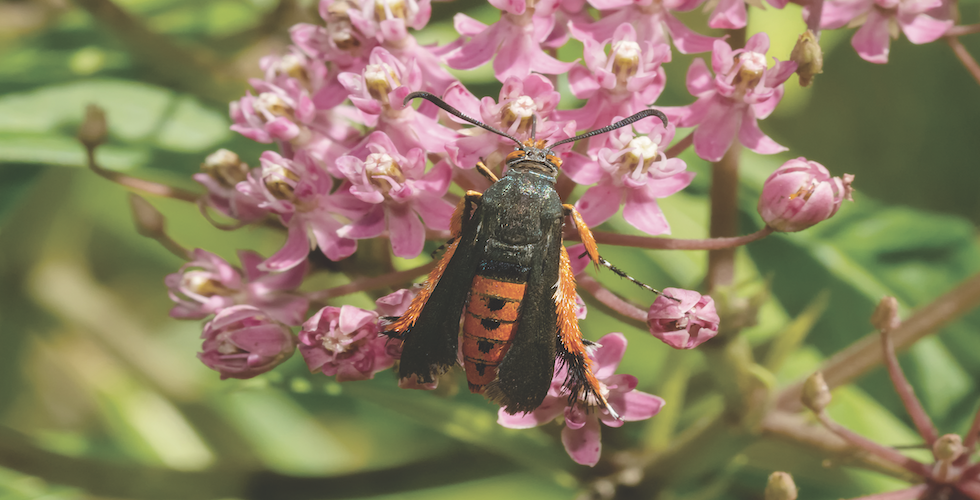
Build a Bug House for Pet Bugs
Bugs are amazing little creatures. They provide incredible opportunities for getting outside and discovering nature. There are so many kinds to see and appreciate―even in your backyard or at a nearby park.
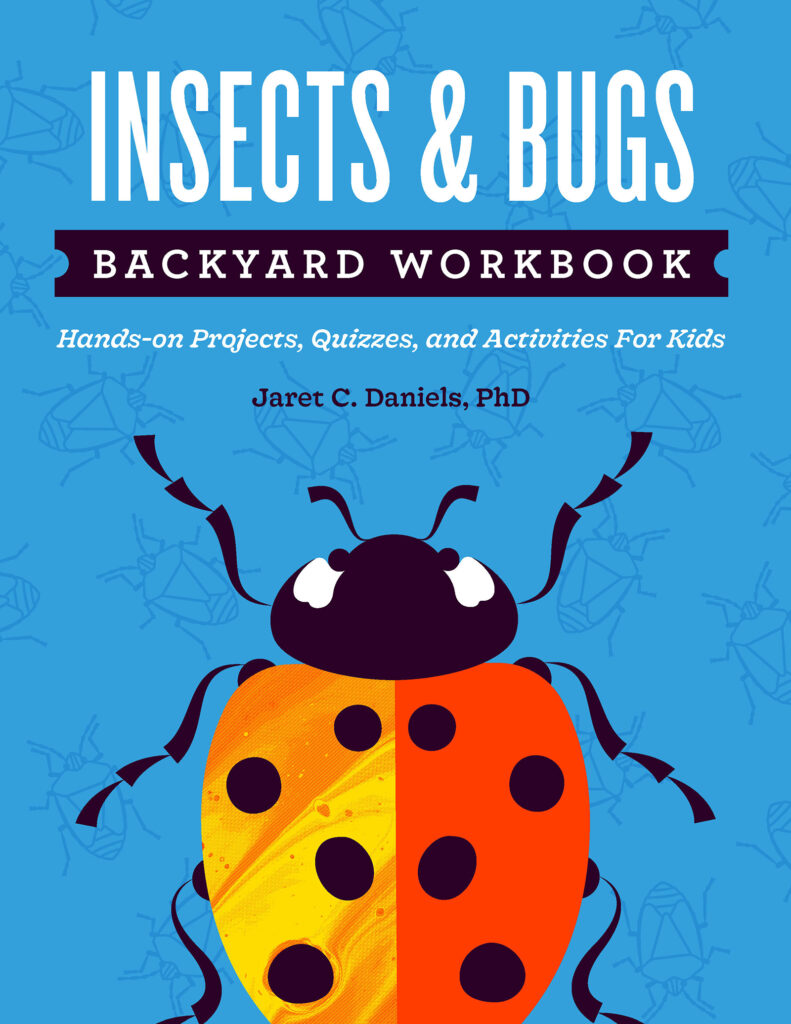
In his book Insects & Bugs Backyard Workbook, author Jaret C. Daniels features more than 20 simple, fun introductions to a variety of creepy crawlies, including bees, butterflies, spiders, and more. Plus, more than a dozen activities help kids to make hypotheses, experiment, and observe. The 19 hands-on science projects―such as raising native caterpillars and attracting moths with an ultraviolet light―put students in control of their own learning.
You never know what your children will uncover outside. Every day is a little treasure hunt. If they keep good records and share what they find, their observations can even help scientists learn more about nature. So get the Insects & Bugs Backyard Workbook, and get started on a lifetime of discovery.
Many bugs can make fun pets. But just like us, they need a good home to be happy. Building a bug house is fairly easy. Here are a few supplies that you’ll need:
- A small reptile terrarium with a mesh lid (available from most pet stores)
- A small bag of sterile sand or potting soil
- A medium-size rock
- A few dead twigs
- The lid to a jar
- A cotton ball
- A floral tube (used in bouquets to keep vegetation fresh; available at florist shops)

Place about 1 inch of sand or soil in the bottom of the terrarium. Place the rock on one side and add the branches. Arrange them so that they are supported by the sides of the terrarium and enable the insect to crawl upwards. Finally, place a wet cotton ball in the jar lid and place it on the ground inside the terrarium. This will provide a water source; don’t provide a bowl of water or standing water for the insect, as bugs can drown relatively easily.
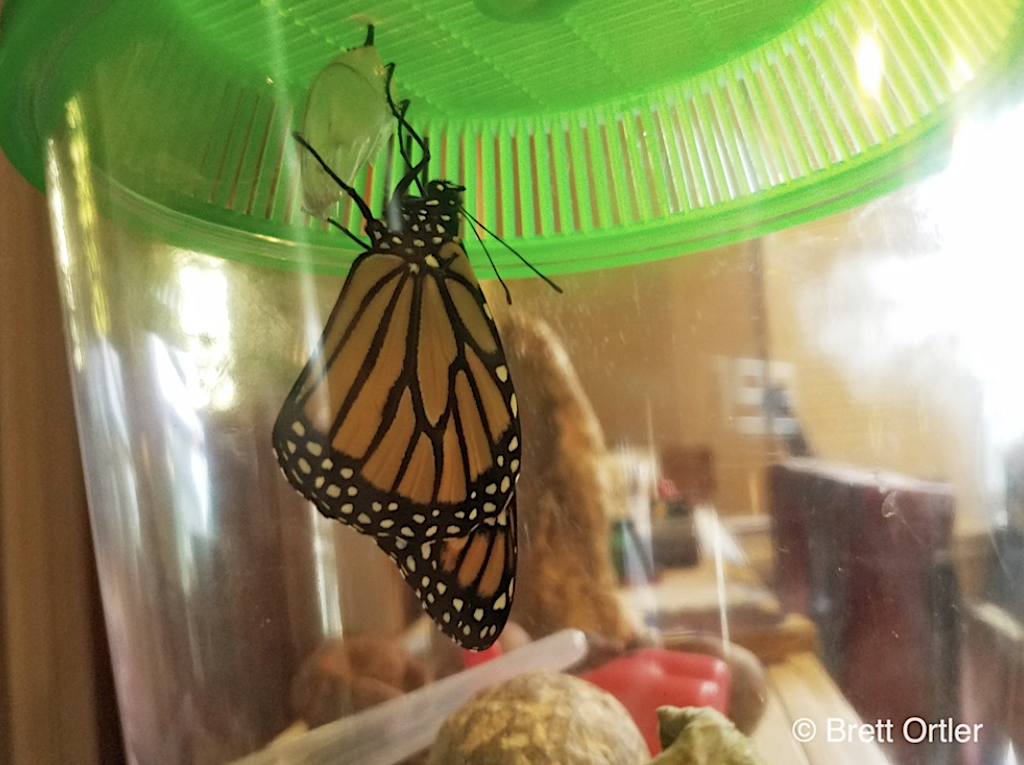
How to Keep a Pet Bug
Now it’s time to add a bug or two. Several insects make particularly good pets. Here are some to consider and how many the terrarium on page 75 can hold of that species. (Don’t fill your bug house with more than one type of the below insects, however.)
- 3-5 Crickets (these can be purchased at a pet store)
- 1-2 Katydids
- 1-3 Grasshoppers (particularly the Eastern Lubber Grasshopper)
- 1-2 Walking Sticks
- 1 Praying Mantis
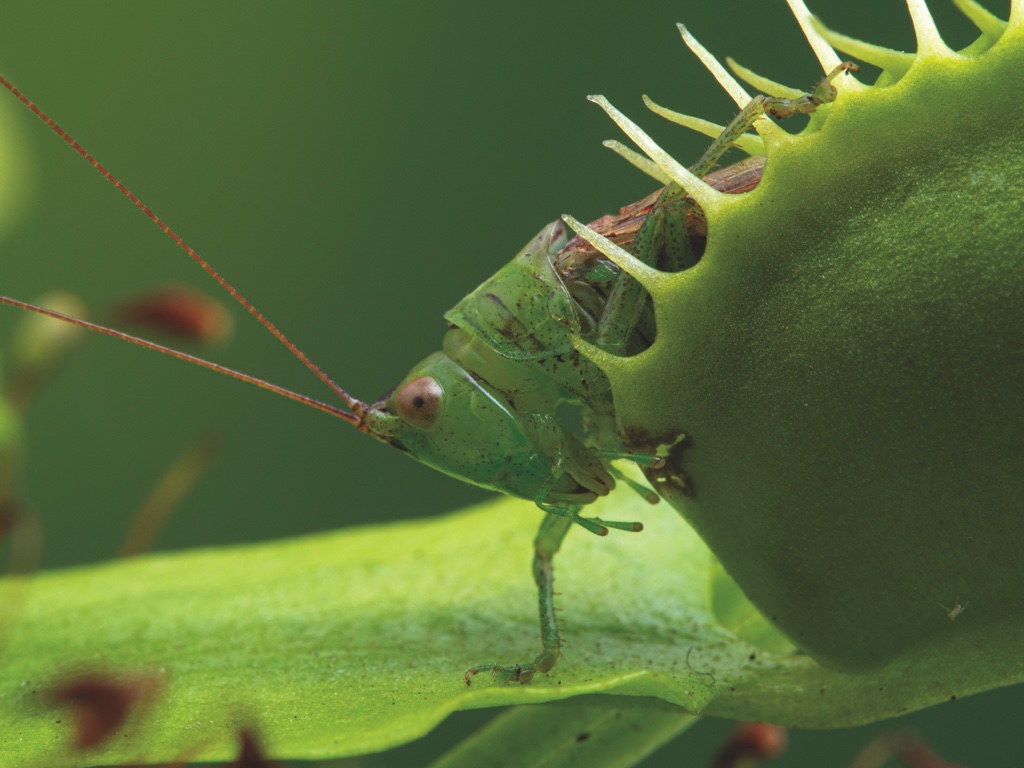

Crickets are probably one of the easiest insects to maintain. They will eat lettuce, apple slices, carrots, potato, and squash for starters. Many grasshoppers will feed on such foods as well. If you collect a critter from outside, simply note what the insect was feeding on when captured and continue to provide those same leaves in the cage. It’s important, but easy, to keep vegetation fresh: a floral tube (the tubes at the bottom of flower bouquets) filled with water can be used to help keep cut vegetation fresh.

The most important thing to remember is that these are living creatures, just like dogs or cats. They need clean conditions, good food, and daily care to be happy. This means that you should check on them each day and provide new food regularly as needed, typically every other day, and add a bit of water to the cotton ball. Many are also good escape artists, taking advantage of even the smallest gaps, so always securely attach the mesh lid to the top of the terrarium. If you take good care of your insect pets, they will provide many hours of enjoyment.
The Praying Mantis
The only exception to the instructions above regards the praying mantis. It is a predator and needs to eat living insects. Happily, this bug is not picky. Flies, bugs, small grasshoppers, crickets, and moths are often easy to catch.
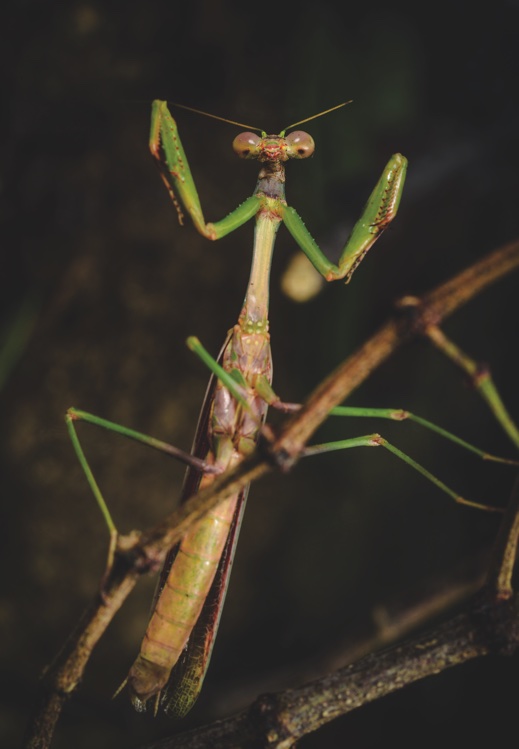
About the author: Jaret C. Daniels, Ph.D., is an Associate Professor of Entomology at the University of Florida and Director of the McGuire Center for Lepidoptera and Biodiversity at the Florida Museum of Natural History, specializing in insect ecology and conservation. He has authored numerous scientific papers, popular articles, and books on wildlife conservation, insects, and butterflies, including butterfly field guides for Florida, Georgia, the Carolinas, Ohio, and Michigan. He is also the author of Vibrant Butterflies: Our Favorite Visitors to Flowers and Gardens; Backyard Bugs: An Identification Guide to Common Insects, Spiders, and More; and Our Love of Bees. Jaret currently lives in Gainesville, Florida, with his wife, Stephanie.
Our Insects & Bugs Backyard Workbook is a compliment to a series of seven region-specific workbooks, including Rocky Mountains, by George Miller, Midwest by Brett Ortler, Pacific Northwest by Robert Niese, South by Erika Zambello, California by George Miller, Northeast by Susan Schenck, and Southwest by George Miller. The books are also complimented by the Rocks & Minerals Backyard Workbook by Dan R. Lynch.
If you enjoyed this post, sign up for our newsletter now and order your copy of Insects & Bugs Backyard Workbook here.


